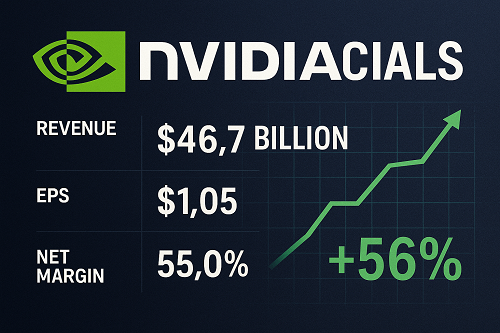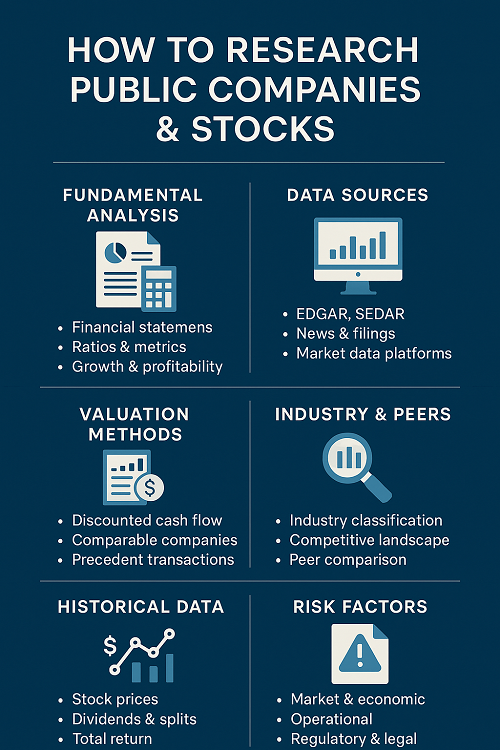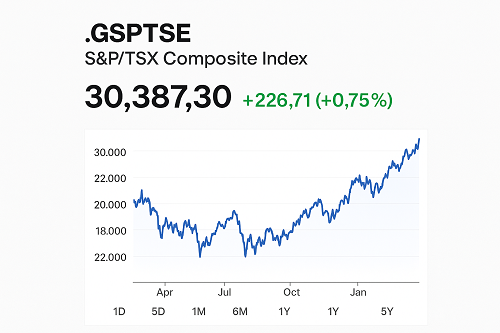Faraday Future Intelligent Electric Inc. (NASDAQ FFIE) is a California-based electric vehicle (EV) manufacturer aiming to redefine luxury mobility through its flagship FF 91 series and proprietary “Internet, Autonomous Driving, and Intelligence” (I.A.I.) platform. Despite bold innovation claims, the company’s persistent financial challenges, low production volumes, and investor skepticism continue to weigh on its valuation.
As of late 2025, FFAI trades at microcap levels, reflecting a sharp dislocation between its technological aspirations and commercial execution. This report provides a full institutional-grade analysis of Faraday Future’s fundamentals, competitive landscape, cash position, valuation multiples, and potential price trajectories through 2030.
Company Overview
Corporate Background
Founded in 2014 by Chinese entrepreneur Jia Yueting, Faraday Future sought to rival Tesla with advanced luxury EVs integrating AI-based cockpit systems. Its vision—creating a “mobility ecosystem” powered by intelligent software—promised an immersive driving experience and ongoing connectivity.
The company went public via a SPAC merger in 2021 under the ticker FFIE (later FFAI following corporate restructuring). Despite early investor enthusiasm, execution setbacks, management turnover, and capital constraints led to a continuous erosion of market value.
Business Model
Faraday Future’s model is built on three revenue pillars:
- Vehicle Sales: The FF 91 2.0 Futurist Alliance serves as the cornerstone product, targeting ultra-luxury consumers (>$250,000 price point).
- Software & Services: The company envisions subscription-based digital services and vehicle intelligence upgrades.
- Ecosystem Monetization: Through user data, partnerships, and potential AI-driven content integrations.
The key challenge remains achieving sustainable unit economics in low-volume, capital-intensive manufacturing.
Leadership & Governance
Founder Jia Yueting remains a central—if controversial—figure, influencing strategy despite past financial disputes. Leadership changes in 2024 introduced a more operationally disciplined team, but investor confidence remains fragile. Board independence and transparency will be essential for future capital access.
EV Industry Landscape
Macro Trends
The global EV market continues its structural growth trajectory, with EV penetration exceeding 20% of new car sales globally by 2025. Key growth drivers include:
- Regulatory mandates for zero-emission vehicles in the U.S., EU, and China.
- Declining battery costs per kWh, now averaging below $100.
- Consumer acceptance across premium and mainstream segments.
However, industry competition has intensified dramatically, pressuring margins and capital requirements.
Competitive Positioning
Faraday Future competes within the luxury EV segment, primarily against:
| Company | Core Product | Avg. Price | 2025 Est. Deliveries | Key Advantage |
|---|---|---|---|---|
| Tesla | Model S Plaid | $90K | 250,000 | Scale, ecosystem |
| Lucid Motors | Air Sapphire | $125K | 8,000 | Range, performance |
| Rivian | R1S/R1T | $80K | 55,000 | Build quality |
| Faraday Future | FF 91 2.0 | $250K | < 1,000 | Design, tech integration |
FFAI’s ultra-premium focus differentiates it from Tesla or Rivian but severely limits addressable market size and scalability.
Financial Analysis
Revenue & Earnings
As of FY 2024, Faraday Future’s revenue remains immaterial, with fewer than 100 vehicles delivered since launch. Losses exceed $500 million annually, driven by R&D, SG&A, and production ramp costs.
| Fiscal Year | Revenue | Net Income | EPS (diluted) | Cash & Equiv. |
|---|---|---|---|---|
| 2022 | $ < 1 M | − $ 552 M | − $ 2.13 | $ 500 M |
| 2023 | $ 4 M | − $ 458 M | − $ 1.87 | $ 188 M |
| 2024E | $ 15 M | − $ 312 M | − $ 1.12 | $ 42 M |
The company remains pre-profit, and liquidity is precarious. Without substantial capital infusion, Faraday may face dilution or debt restructuring.
Balance Sheet Strength
- Cash Ratio: ~0.15 × (extremely weak liquidity).
- Debt-to-Equity: ~2.1 ×, reflecting reliance on convertible financing.
- Working Capital: Negative trend, driven by delayed receivables and rising inventory.
Cash Flow Analysis
Operating cash outflows persist near $250–300 M per year. Faraday has relied heavily on equity issuances and convertible notes. The absence of consistent delivery volume renders breakeven unlikely before 2028.
Valuation Multiples
Traditional P/E or EV/EBITDA metrics are not meaningful due to persistent losses. However, on a price-to-book basis, FFAI trades around 0.3× book value, suggesting deep speculative territory rather than value.
Strategic Developments & Catalysts
Production Ramp
Faraday began hand-assembling FF 91 units in California, targeting initial deliveries to “pioneer users.” Achieving production scale is contingent on component sourcing, supplier financing, and plant automation upgrades.
Technology Differentiation
The FF 91 integrates:
- Dual-motor AWD delivering > 1,000 hp.
- AI-enhanced cockpit with a 27-inch 4K display.
- Over-the-air (OTA) software framework for feature monetization.
While the specs impress on paper, independent benchmarking has yet to validate reliability and performance parity with Lucid or Tesla.
Partnership and Funding Prospects
Strategic alliances with Chinese investors and Middle Eastern funds could provide future liquidity. However, prior financing rounds have been highly dilutive. Any credible OEM or tech-partner collaboration could serve as a powerful near-term catalyst.
Regulatory and Policy Support
The Inflation Reduction Act provides indirect tailwinds through domestic EV incentives, but FFAI’s high price point and limited U.S. assembly volume restrict eligibility for consumer credits.
Risks and Red Flags
Execution Risk
Faraday’s challenge lies in operational scalability—transitioning from prototype craftsmanship to efficient volume production. Supply chain fragility remains an existential constraint.
Financial Viability
Without a consistent capital pipeline, the company risks insolvency or forced restructuring by 2026. Shareholder dilution remains the primary financing mechanism.
Governance Concerns
Founder influence and historical disclosure issues create uncertainty regarding strategic independence. The SEC has previously inquired into reporting practices, though no major enforcement action is pending as of 2025.
Market Risk
Given the speculative nature of the stock, high volatility and retail-driven sentiment dominate trading behavior. FFAI’s float structure amplifies both rallies and sell-offs.
Technical & Trading Analysis
Price Action Overview
FFAI trades below $1 following a 1-for-reverse-split adjustment in 2024. The stock exhibits penny-stock characteristics, with liquidity spikes often linked to social media trends.
Key technical levels (late 2025):
- Support: $0.35–$0.40
- Resistance: $0.75–$0.85
- 50-day MA: $0.58
- 200-day MA: $0.94
Momentum indicators (RSI, MACD) suggest oversold conditions, but confirmation requires sustained volume above $0.80.
Trading Strategy Scenarios
| Scenario | Outlook | Strategy | Risk Level |
|---|---|---|---|
| Short-term rebound | Oversold bounce toward $0.80 | Swing long with tight stop < $0.40 | High |
| Long-term recovery | Fundamental turnaround | Accumulate small position; monitor cash-flow trend | Very High |
| Breakdown | Failure to secure funding | Avoid or short-term trade only | Extreme |
Institutional investors should treat FFAI as a speculative optionality play, not a core equity holding.
Valuation and Forecast (2025–2030)
Base Case (Neutral Scenario)
Assuming modest delivery ramp to 5,000 units by 2027 and gross margin ≈ 10%, intrinsic equity value could reach $1.50–$2.00 per share by 2027. This implies > 100% upside but requires uninterrupted funding.
Bull Case (Optimistic Scenario)
If Faraday secures a strategic manufacturing partnership and scales annual deliveries > 20,000 units, fair value could rise to $4–$5, reflecting normalized EV/sales ~ 3× peer average.
Bear Case (Downside Scenario)
If capital dries up or dilution accelerates, equity value could trend toward zero by 2026. Historical burn rates make this plausible absent strategic investment.
Probability-Weighted Valuation
| Scenario | Probability | Implied Price | Weighted Value |
|---|---|---|---|
| Bull | 20 % | $ 4.50 | 0.90 |
| Base | 40 % | $ 1.75 | 0.70 |
| Bear | 40 % | $ 0.05 | 0.02 |
| Weighted Target (12 mo) | $ 1.62 |
Institutional fair-value estimate: $ 1.50 – $ 1.70, contingent on ongoing financing.
Investment Outlook
Faraday Future represents an asymmetric risk-reward vehicle in the EV universe. The stock’s speculative nature makes it unsuitable for conservative mandates, but for risk-tolerant investors, event-driven trading around funding or delivery announcements could yield tactical upside.
Investment Thesis Summary
- Positive Drivers:
- Proprietary luxury EV design with AI-enhanced features.
- Optionality from global EV adoption curve.
- Potential partnerships for capital or manufacturing leverage.
- Negative Drivers:
- Structural unprofitability and capital scarcity.
- Persistent dilution risk.
- Limited brand equity relative to Tesla/Lucid.
- Governance uncertainty.
Verdict: Speculative Buy/Hold for high-risk portfolios only. Short-term rebounds are possible, but long-term success depends on credible production scaling by 2027.
Conclusion
Faraday Future Intelligent Electric Inc. remains a symbol of both ambition and volatility in the EV sector. Its product vision aligns with emerging AI-mobility trends, but execution risk, chronic capital shortfall, and governance complexity hinder investor confidence.
For institutional traders, the key catalysts to monitor are:
- Verified production and delivery metrics.
- Capital infusions or strategic partnerships.
- Corporate governance and cash-flow transparency.
Until these factors stabilize, FFAI will likely remain a binary outcome stock—either a turnaround success or a delisted microcap. Investors should position accordingly, with disciplined exposure and predefined exit strategies.





 XAUT-USD
XAUT-USD  AMD
AMD  MARA
MARA  SHOP
SHOP  BULL
BULL  CL=F
CL=F